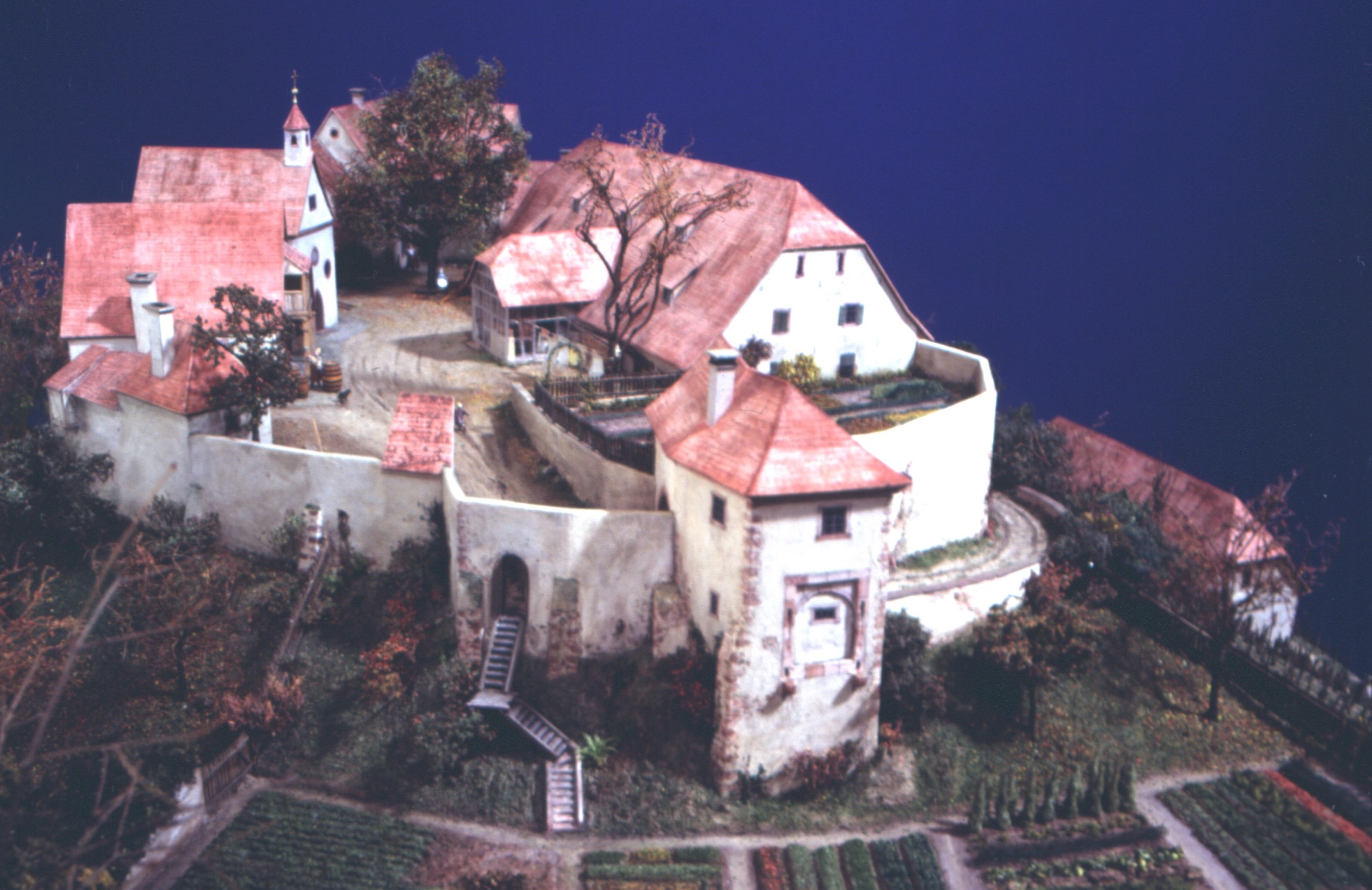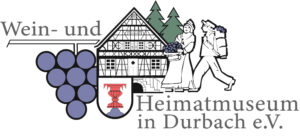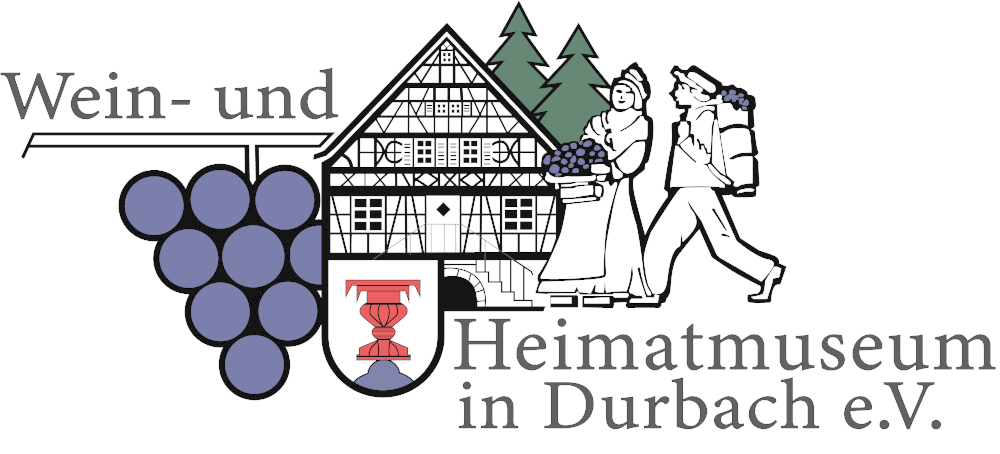234 Staufenberg Castle

Here we are virtually in the centre of our museum. Records mention Schloss Staufenberg as early as 1070, the official residence of the former Herrschaft Staufenberg, …
a barony, for up to several centuries was a Baden Enclave in the Ortenau. The former line of the Staufenberg family became extinct with Wilhelm of Staufenberg between 1374 and 1376. Nonetheless, the following knight families also commonly referred to themselves as Staufenberger. Staufenberg Castle was a so-called “Ganerbenburg”, where at times up to 10 “Ganerben” or “Gemeiner” had their shares in the property. Each family had private living quarters within the castle. Different families also had other residences outside the castle; such as the Wiedergrün with the Wasserschlössle in Wiedergrün, the Stoll on the former Stollenburg or the Kolb in its stronghold surrounded by a moat in Bottenautal. Staufenberg was presumably a Zähringian fief, which then passed via the Counts of Urach-Freiburg to the Ebersteins and in 1366 to the Margraves of Baden.
Until 1329, “Staufenburg” and “Stollenburg” (old castle) stood unchallenged on the hills directly next to each other. Both castles were largely destroyed as a result of a dispute between the Staufenbergers and the Bishop of Strasbourg. While only the ruins of the Stollenburg have survived, the Staufenburg was rebuilt.
The beautiful model of the castle complex was created by an artist from Basel (Rappo) according to the original plans from 1773 (see 3 photos of these plans). The plans were made at that time on the occasion of a necessary renovation of the castle after various destructions. Significant parts of the buildings still visible here no longer exist today. They were demolished around 1832 after the margrave had acquired the castle and the associated estates from the treasury as private property. In particular, the parts of the building on the western side were demolished. The most prominent building was the former “St. George’s Chapel”, which was built as early as 1360. The castle families of Staufenberg concluded a contract with the All Saints Monastery in 1378, according to which a chaplain had to constantly look after this probably first church in Durbach. Obviously, this chaplain was only there for the castle families, because the other inhabitants of the surrounding valleys were attached to the churches in neighbouring parishes until the 16th century. In this St. George’s chapel was a very old bell, which summoned help in times of need or danger. Unfortunately, the bell has not been found since the end of the 1950s (or possibly in one of the margrave’s archives). In the chapel and in the castle itself were a large number of beautiful stained glass windows, which were also brought to safety by the Margrave during the last war. In the meantime, these beautiful glass panes came into the possession of the state of Baden-Württemberg and can now be admired in the Badisches Landesmuseum in Karlsruhe.
The gate tower, for example, was also changed. If we take a closer look at the tower from the south-west side, then we can still find the original entrance with a drawbridge. One has to imagine that the front of this castle still had the Zwinger wall, wall along the outer courtyard, parts of which exist to this day, which surrounded the castle and was enclosed by large gates. The lower part of this gate tower is probably the oldest part of the entire castle complex.
Around 1960, the cellar was also extended and the large gate (sandstone arch with the date 1698) was moved from the north-east side of the cellar to the Burgweg on the east side.
Also interesting is the half-timbered annexe slightly in front with the well house and a still well-preserved large wooden treadwheel. The well is about 48m deep and served as the only water supply system until 1918. In 1918, electricity reached Durbach, so the master of the castle at the time ordered a water pump to be installed a few meters below the castle, which is now on display in the courtyard of our museum. (In former times, the castle fountain was also called the “Kindlesbrunnen”. It was always said that the children were fetched from this well). At the north-east corner, under the current caretaker’s flat or office, there was the former Prison (dungeon) This is now no longer accessible, only a small air slit can still be seen in the wall. The prison was moved to the former school and town hall at the church in 1823, which is now the parish centre. The anklets on the wall are not directly from this dungeon, but they are originals from a castle near us.
The Wine and Local History Museum bought the armour shown here at the great auction of the Margrave of Baden a few years ago for DM 6,000.
The legend of the beautiful Melusine has been associated with Staufenberg Castle since the 13th century. Our local artist Werner Halley has created these beautiful panels in colour from the original prints and mounted them on wood. The Melusina Saga is one of the oldest Middle High German heroic epics. The saga constantly provides material for much literary research. The tourist office has also performed the story quite successfully here in the courtyard of the museum.
more

